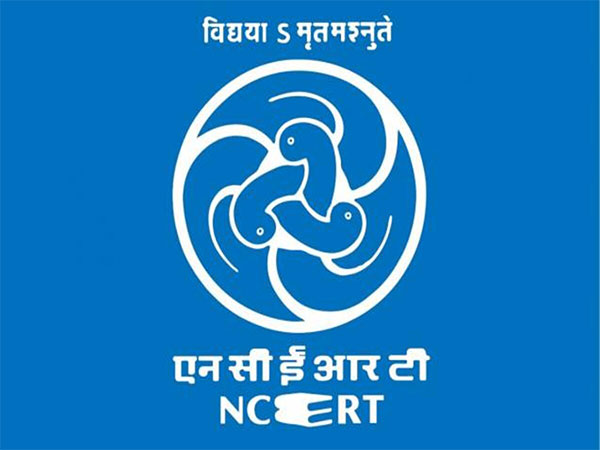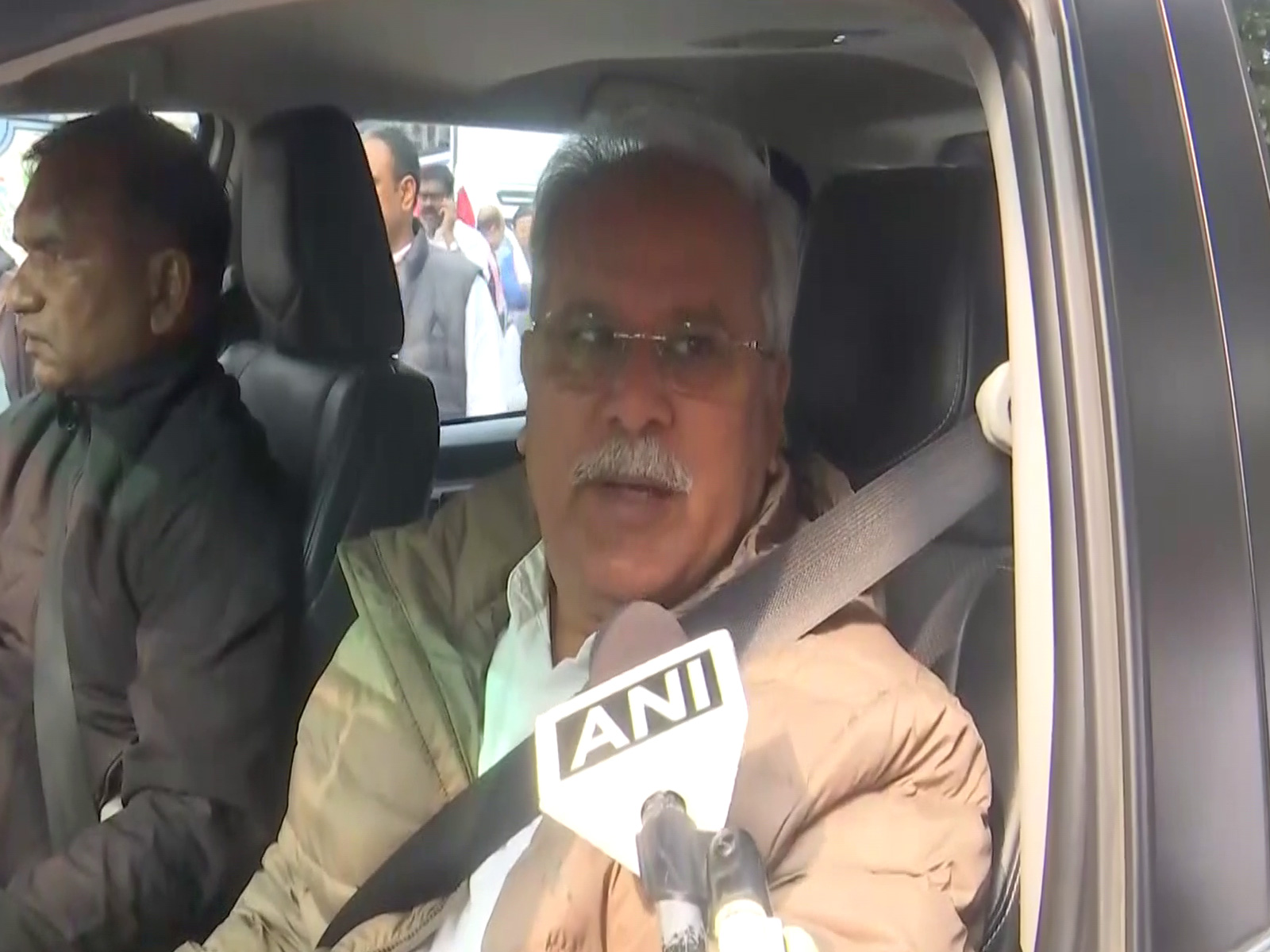By Vishu Adhana
New Delhi (India), May 5 (ANI): NCERT’s new Enviromental Studies (EVS) textbook for Class 4 integrates the Indian Knowledge System and showcases Indigenous practices, aiming to deepen students’ connection with India’s rich cultural and heritage diversity.
Keeping in mind the linguistic diversity of the country, the book titled “Our Wondrous World” also provides context-specific examples and activities that encourage children to explore equivalent terms in various Indian languages.
In Chapter 2, for example, the students are asked to name five flowers and their local names while in another activity they are taught how to make natural dye using flowers.
The new book replaces the earlier EVS textbook “Looking Around”. It has been designed in accordance with the National Education Policy (NEP) 2020 and the National Curriculum Framework for School Education (NCF-SE) 2023. The book also aligns with the vision of Vasudhaiva Kutumbakam–the world is one family.
As per information available on the NCERT website, the book has five units–Our Community, Life Around Us, Health and Well-being, Things Around Us, and Our Environment. Each unit follows a consistent and engaging structure, carefully designed to captivate young learners.
Additionally, the Indian Knowledge System is woven into the content and illustrations, enabling children to appreciate and connect with the vibrant culture and heritage of the country, as per the document.
“Indigenous practices are highlighted through case studies, illustrations and activities. Social phenomena are explored through diverse experiences such as interaction with family members, neighbourhood surveys, and peer conversations,” the introduction of the book mentions.
By empowering children to make responsible choices, the approach aligns with the noble vision of Vasudhaiva Kutumbakam–a world united as one family.
To ensure linguistic inclusivity and enhance accessibility, the book incorporates local terms for commonly used objects–for instance, a bowl is referred to as katori, and a spinning top is called lattu.
The illustrations are aligned with Indian culture and everyday surroundings, helping children relate to the content more easily.
The textbook also emphasised India’s cultural roots and the value of communal living, using examples such as the celebration of Van Mahotsav to convey these themes.
The integrated approach is evident throughout the book, such as in Chapter 9, “Different Lands, Different Lives,” which revolves around various landforms such as plains, deserts, coastal regions, and mountains and their influence on socio-cultural aspects like food, clothing, art, and housing.
Through an example of a visit to four states (Punjab, Orissa, Rajashtan and Sikkhim), the chapter captures the essence of diversity and emphasises the importance of appreciating the rich cultural diversity.
It also highlights how people overcome challenges, showcasing resilience in the process.
“The chapters present a seamless blend of tradition and modernity. While the book offers opportunities for students to explore India’s rich heritage, it also underlines the role of technology in everyday life,” the introduction to the book mentioned. (ANI)
Disclaimer: This story is auto-generated from a syndicated feed of ANI; only the image & headline may have been reworked by News Services Division of World News Network Inc Ltd and Palghar News and Pune News and World News
HINDI, MARATHI, GUJARATI, TAMIL, TELUGU, BENGALI, KANNADA, ORIYA, PUNJABI, URDU, MALAYALAM
For more details and packages

















